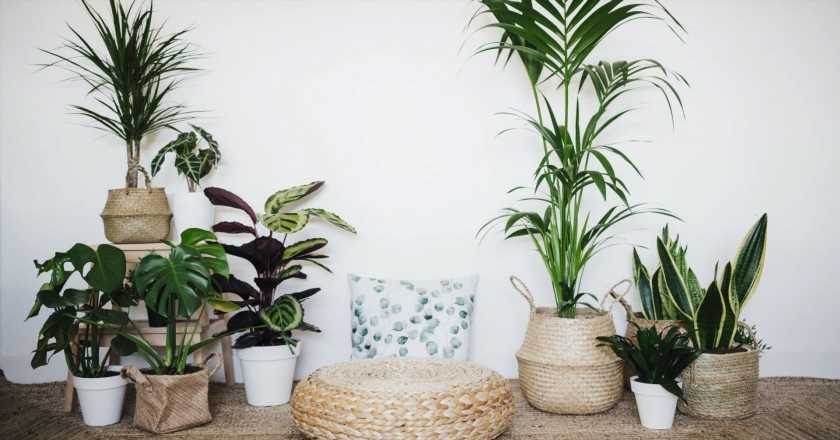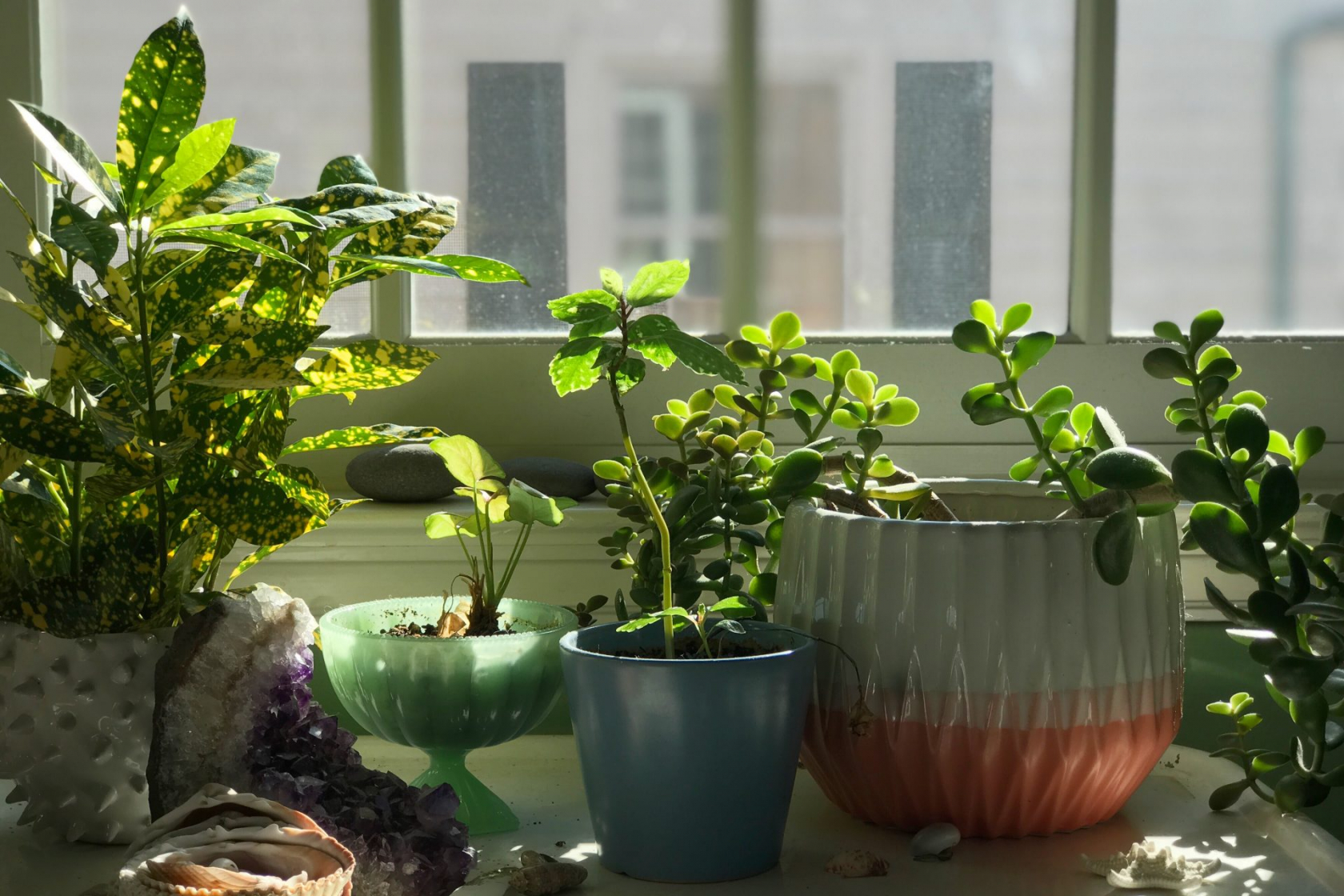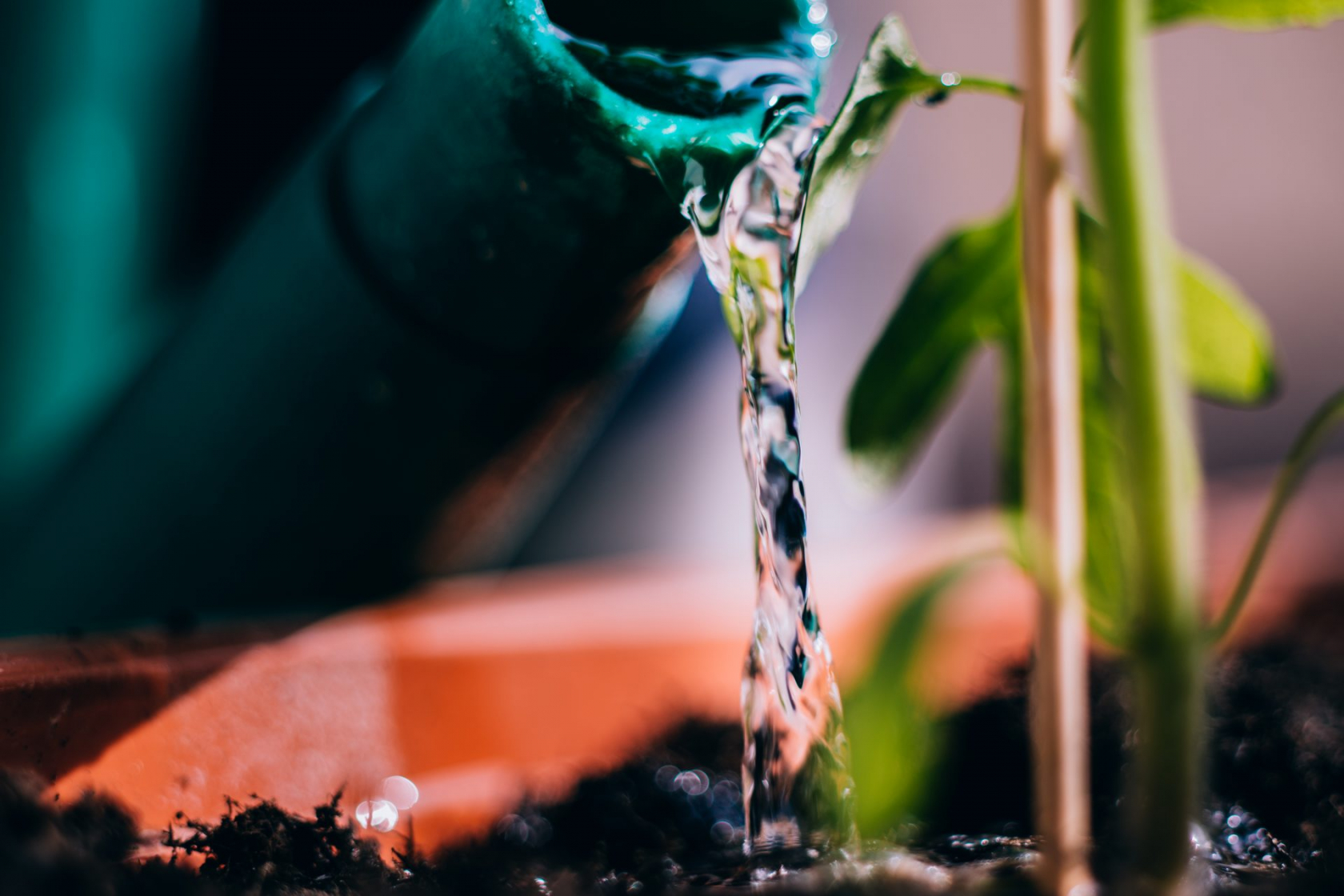Struggling to work out why your houseplant has brown spots on its leaves? Read this.
Just like yellow or drooping leaves, having brown spots on your houseplant is a sign that something isn’t quite right. And while it’s likely that it’s nothing too serious, it’s worth working out what’s going on to stop the damage going any further.
Frustratingly, there are a number of reasons why a houseplant might develop brown spots – and each requires a different approach to get things under control. But working out what’s going on shouldn’t be too difficult, especially if you know what to look for.
Before we go any further, it’s worth noting that brown spots are an irreversible problem, so you won’t be able to get the brown spots on your plants to turn green again. However, once you’ve got things under control, you can simply remove any brown bits to restore your plant to its former glory.
Ready to get started? To help you work out why your plant is struggling, we asked Jo Lambell, founder of the online plant shop Beards & Daisies, to talk us through the main reasons why plants develop brown spots, and what you can do to remedy each problem. Here’s what she had to say.
Improper light levels
“Light is a primary requirement for a happy plant, but too much direct light can result in brownish, burnt-looking spots on leaves,” Lambell says. “If you see this happening, try moving your plant away from any intense light and into an area of indirect, bright light.”
Areas of the home which usually offer the best indirect light conditions include spots near east and west-facing windows, as they provide good lighting but won’t be subject to direct sunlight.
For more information about indirect light, including other tell-tale signs that a plant is receiving too much light, you can check out this article.
Low humidity levels
“Humidity is often overlooked, but it plays a vital role in your plant’s health,” Lambell explains. “When levels are too low, as is common during the winter months, browning leaves are the first indicator.”
Misting your plants on a regular basis is one way to boost humidity levels, but Lambell also recommends “grouping your plants together” to create a mini microclimate.
“For an extra boost, place them on a water-filled pebble tray, being mindful not to overfill above the pebbles,” Lambell adds. “You’ll soon see green, healthy growth.”
For more information about how to boost humidity levels around your plants, you can check out our guide to humidity and misting.
Overwatering
Giving your plant too much water can lead to a whole host of problems, including brown spots on its leaves.
“Watering issues can often be brought on by seasonal changes,” Lambell explains. “For example, your summer watering routine may now be too frequent for your houseplant during the autumn months and you might notice leaves starting to brown.”
The types of browning associated with overwatering can vary. In some cases, entire leaves may turn brown before dropping off, while in other cases, leaves may develop brown spots with a yellow ‘halo’ – a type of disease that can be caused by overwatering.
As you might expect, the remedy for overwatering is simple – step away from the watering can.
“As a rule, wait until the top two inches of soil are dry to touch before watering again,” Lambell explains. “Some plants prefer to dry out completely before watering so check your plants’ individual needs.”
How to remove brown spots
The way you go about removing your brown spots depends on how much of the leaf is affected. In most cases, you should be able to slice off the part which is brown and keep the rest.
“Once your plant is on the road to recovery you can use sharp, clean scissors to trim away any browned tips, following the natural curve of the leaf,” Lambell says. “Leave a thin sliver of the brown to avoid further stress to your plant – think of it as a seal.”
She adds: “We’d recommend removing the entire leaf if it’s more than two-thirds affected.”
Images: Getty
Source: Read Full Article


